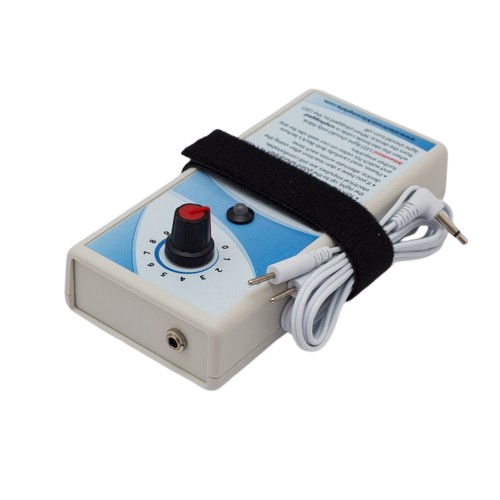Electrical Stimulation for Wound Healing
Electrical stimulation has shown promise as a therapy to enhance wound healing, particularly in chronic or non-healing wounds. Electrical stimulation can be delivered through various techniques, such as direct current (DC) stimulation or capacitive coupling.
When applied to wounds, electrical stimulation can promote several beneficial effects:
Enhanced Blood Flow: Electrical stimulation can help improve blood circulation in the wound area by dilating blood vessels and increasing blood flow. This increased blood supply delivers vital oxygen and nutrients to the wound, facilitating the healing process.
Cellular Activity Stimulation: Electrical stimulation can stimulate the production and migration of cells involved in wound healing, such as fibroblasts, which are responsible for collagen synthesis, and keratinocytes, which play a crucial role in re-epithelialization. These cellular activities promote tissue regeneration and wound closure.
Reduction of Bacterial Load: Electrical stimulation has been shown to possess antimicrobial properties, reducing the risk of infection in wounds. It can help inhibit the growth of certain bacteria and promote a healthier wound environment for healing.
Electrical stimulation for wound healing can be administered using specialized devices that deliver controlled electrical currents to the wound bed. The treatment duration and frequency can vary depending on the wound characteristics and individual response.
It’s important to note that electrical stimulation for wound healing should be performed under the guidance of healthcare professionals, such as wound care specialists or healthcare providers experienced in the field. They can assess the wound, determine the appropriateness of electrical stimulation, and develop a comprehensive treatment plan tailored to the individual’s needs.
While electrical stimulation can be beneficial for wound healing, it is not a standalone treatment and should be used as part of a comprehensive wound care approach. Other aspects of wound management, such as wound cleansing, proper dressing selection, infection control, and addressing underlying health conditions, should also be considered.
If you or someone you know has a chronic or non-healing wound, it is recommended to consult with a healthcare provider with expertise in wound care to assess the wound and determine the most appropriate treatment options.
Please keep in mind that the information provided here is for informational purposes only and should not replace professional medical advice. Always consult with a qualified healthcare provider for personalized information and guidance based on your specific medical condition.
